Everything You’ll Need to Know About America’s Deadliest Snake (Before It’s Too Late)
Advertisements
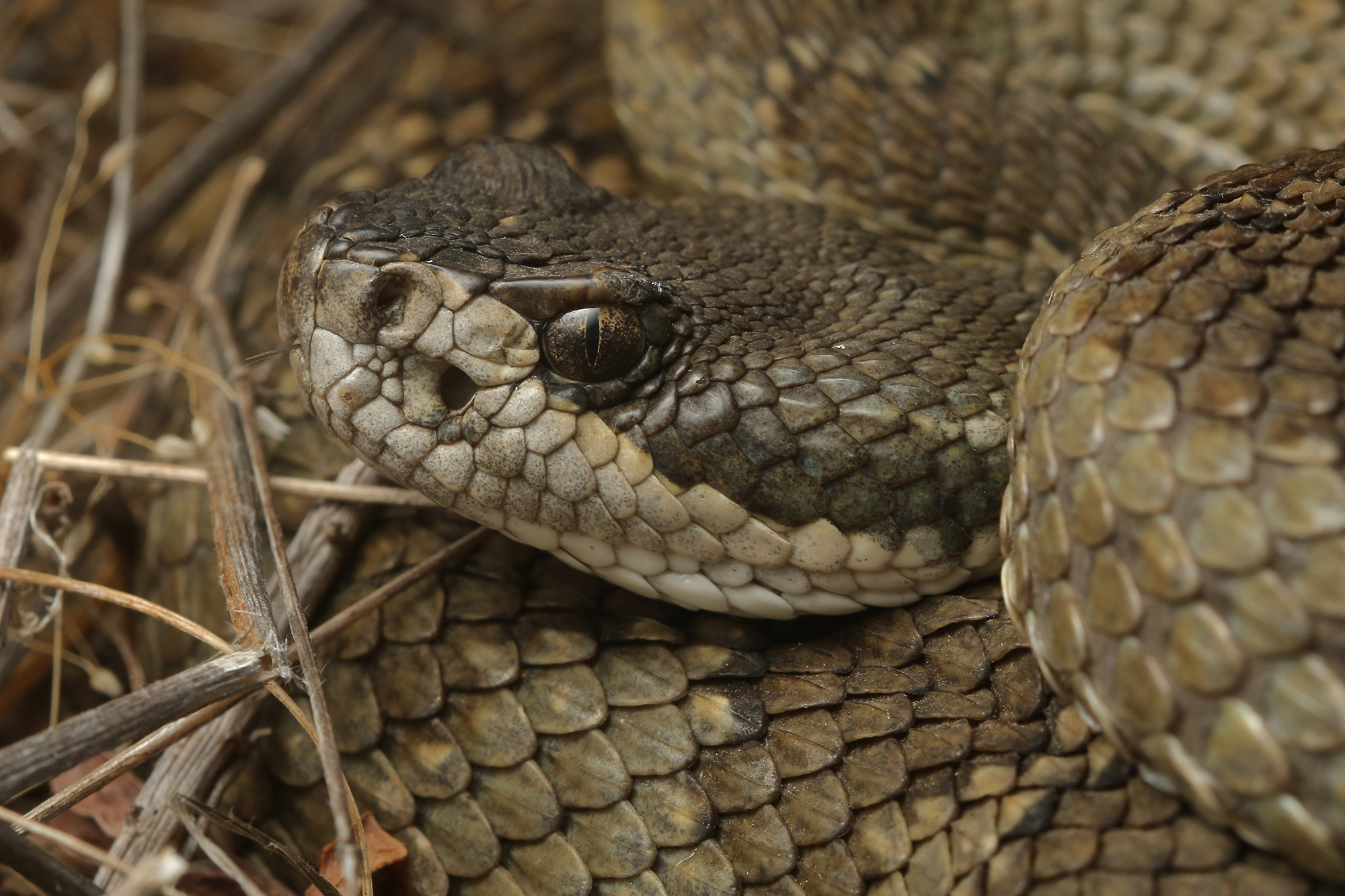
What if one of the deadliest snakes in the world was a lot closer than you ever imagined?
Typically, when you read about some of the most dangerous animals, you can breathe a sigh of relief that you are unlikely to ever encounter them. For example, anaconda snakes are both scary and dangerous, but unless you’re visiting South America anytime soon, you’re unlikely to run into one.
However, here’s an uncomfortable fact: one of the world’s deadliest snakes is located throughout the United States, and you’re very likely to encounter at least one during your lifetime. What is this snake, and how can you recognize it and protect yourself from it? Keep reading to find out!
What is the deadliest snake in the United States?
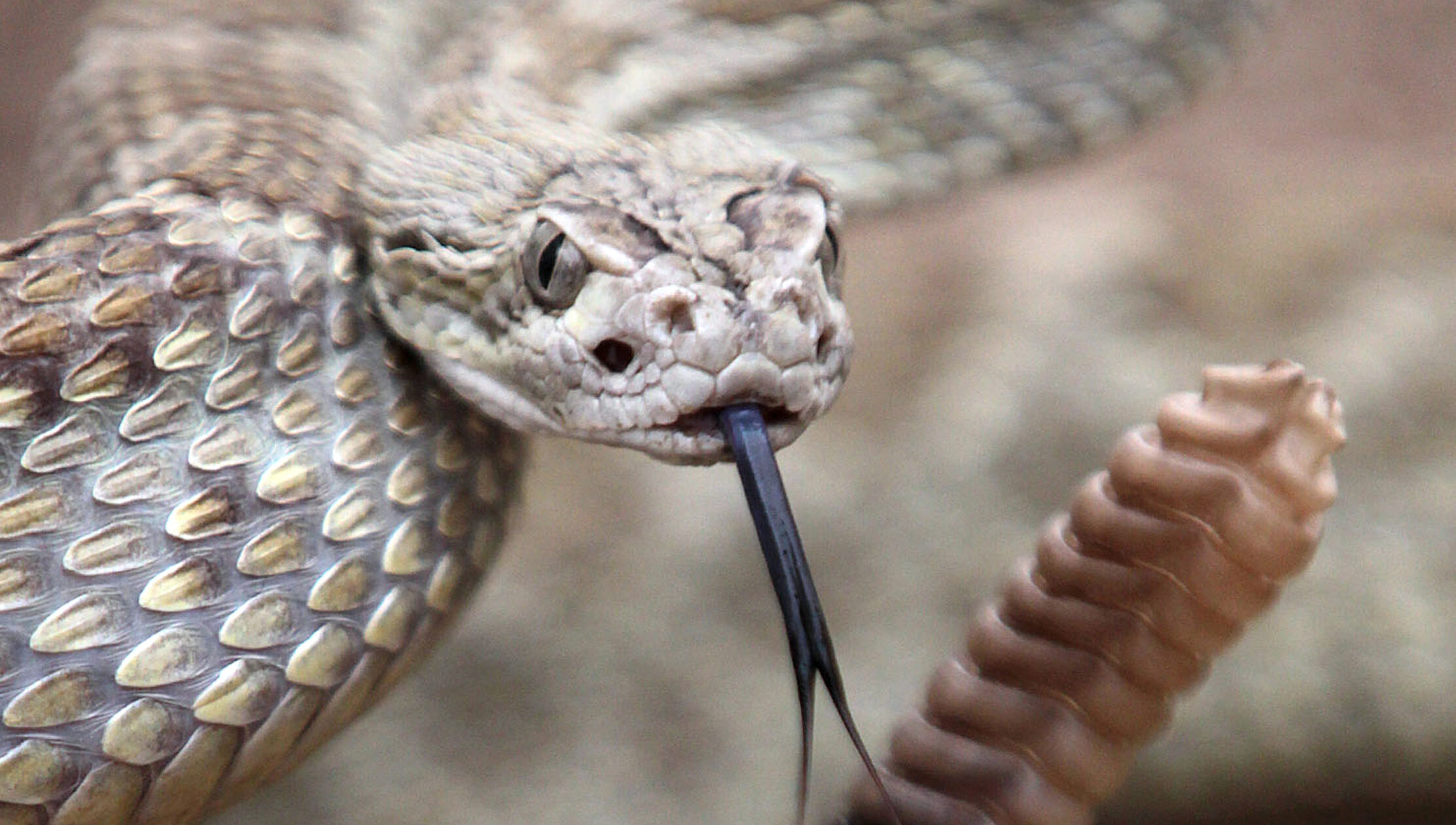
Believe it or not, the deadliest snake in the United States is the rattlesnake. These snakes are filled with venom designed to paralyze their prey, and all it takes is a single bite to potentially kill someone.
Compared to other snakes such as the aforementioned anaconda, rattlesnakes are relatively small. That doesn’t mean they aren’t big enough to be scary, though. For example, the largest rattlesnake is the eastern diamondback, and these sneaky snakes can get as long as eight feet!
RELATED: Do Snakes Make Good Pets?
Am I likely to die if bitten by a rattlesnake?
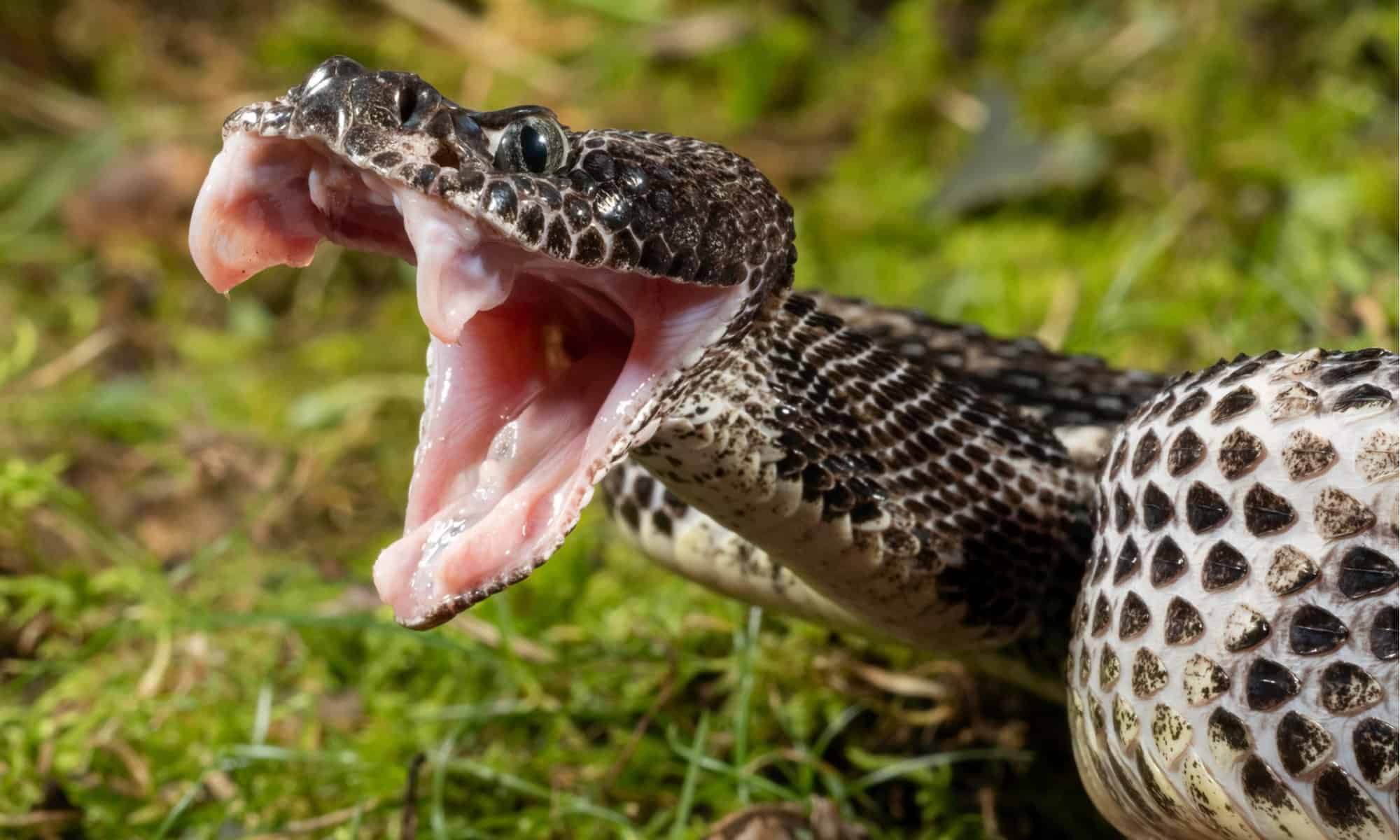
If you are bitten by a rattlesnake, the odds of you dying depend on two factors: whether you have any antivenom nearby and whether you can call for help quickly enough. Fortunately, your odds are improved by the fact that this venom was never intended to immediately kill its prey. Instead, it is meant to paralyze prey while the rattlesnake finishes the job.
Those who regularly encounter rattlesnakes may carry around antivenom as a preventative measure, but it’s not the end of the world if you don’t have any on you. As long as you get to safety and call for help as soon as possible, you will most likely survive. Most rattlesnake bites are not actually fatal so long as they are treated in a timely manner.
Understanding the different types of rattlesnakes
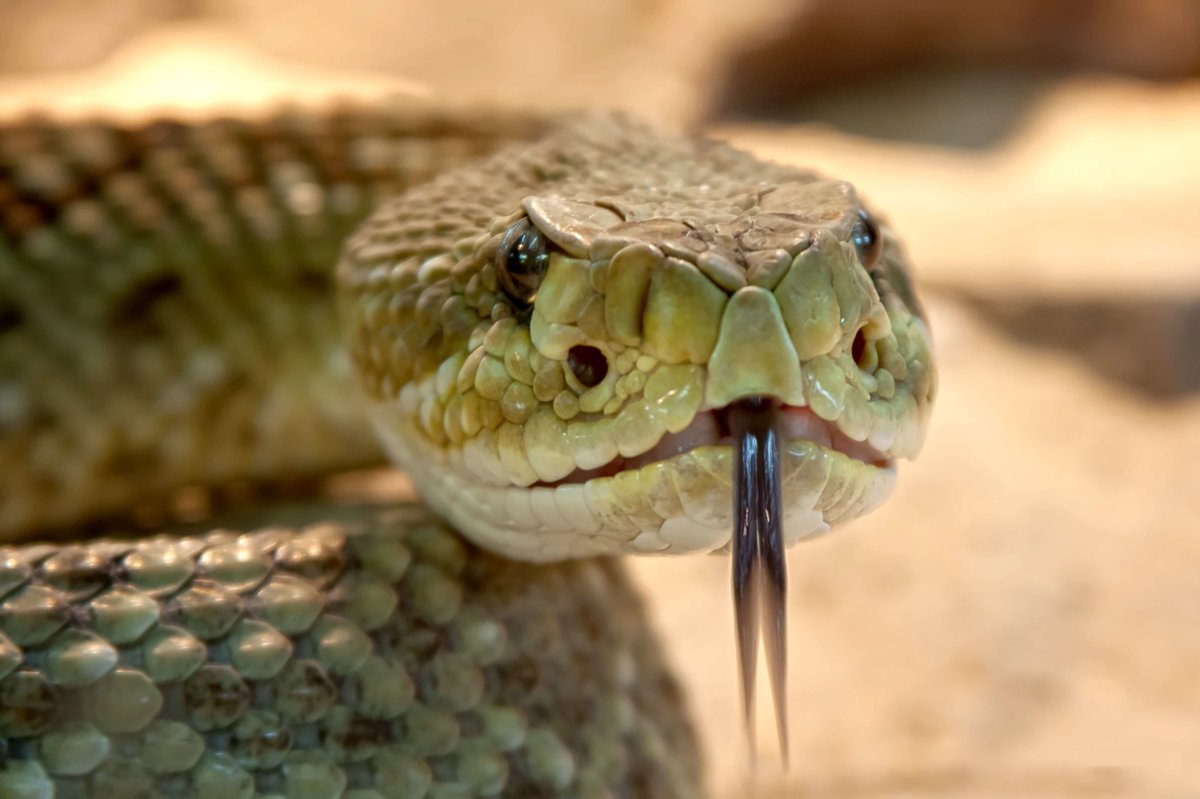
We’ve already mentioned the eastern diamondback rattlesnake, and he is just one of many. In fact, there are actually 32 different types of rattlesnake species located throughout America!
These species are located throughout the country, which is why most people will encounter one before they die. For example, Arizona alone has two different species named for the state: the Arizona black rattlesnake Arizona ridge-nosed rattlesnake. California is home to the western diamondback rattlesnake, while its large eastern cousin can be found in southern states such as Alabama. In short, most states have rattlesnakes, though there are exceptions…Alaska has none because it is too cold and Hawaii has no native species. Meanwhile, Delaware is a state where the once-teeming rattlesnake population has seemingly died off.
RELATED: The Horrifying Snake Pit One Man Discovered Contains a Shocking Hidden Secret
How can I recognize a rattlesnake when I see one?
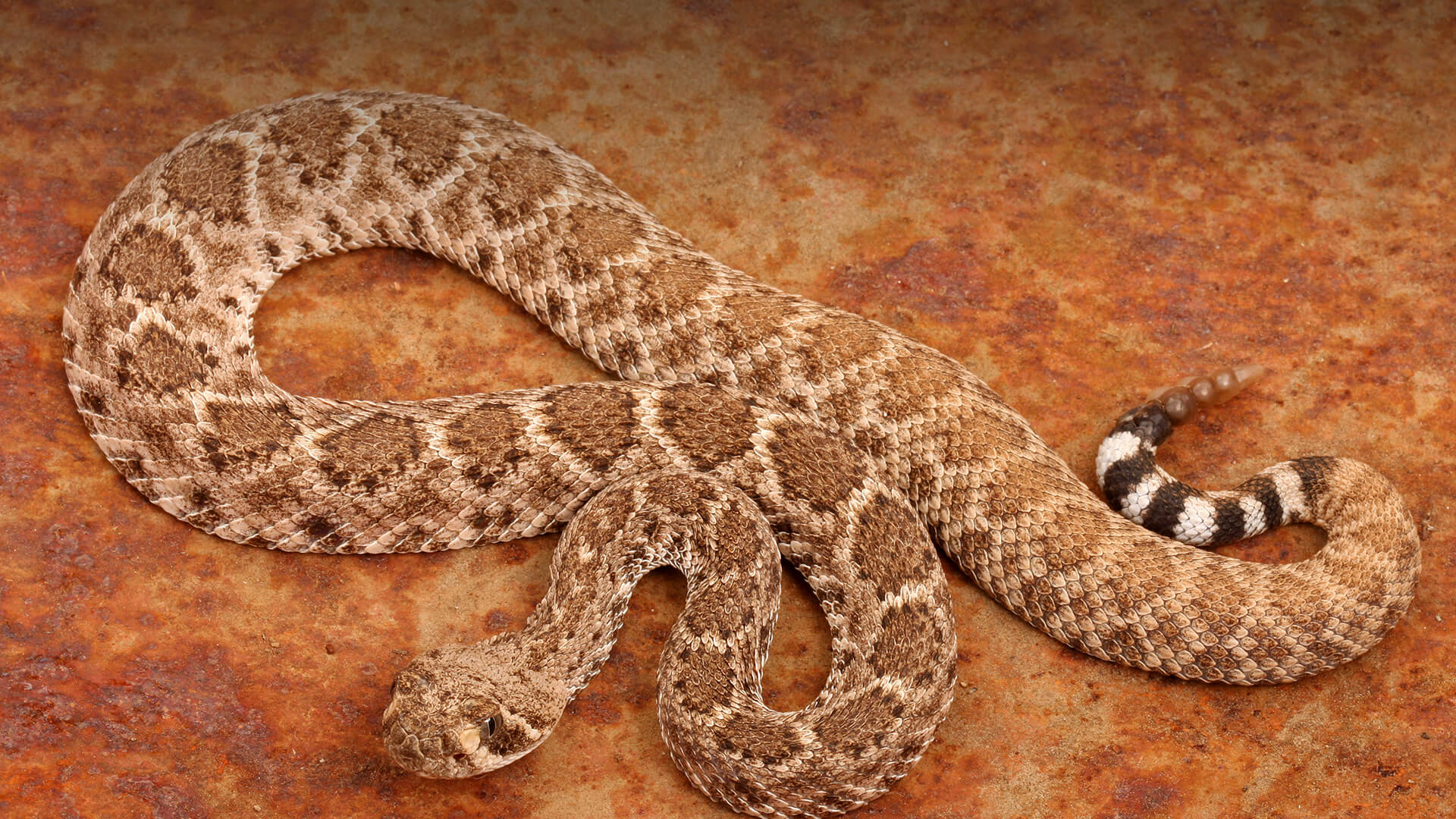
Obviously, there are certain physical differences from one rattlesnake to another. But they tend to share some of the same physical characteristics that will help you recognize them. This includes having triangular heads and diamond patterns on the scales, though the exact coloration and length of these snakes may vary dramatically.
And before you say it, yes: you can obviously recognize rattlesnakes by their signature rattling noise. However, you are likelier to see a rattlesnake before you hear one, and when you do hear one, it’s important to back off as quickly as possible!
Why do rattlesnakes rattle?
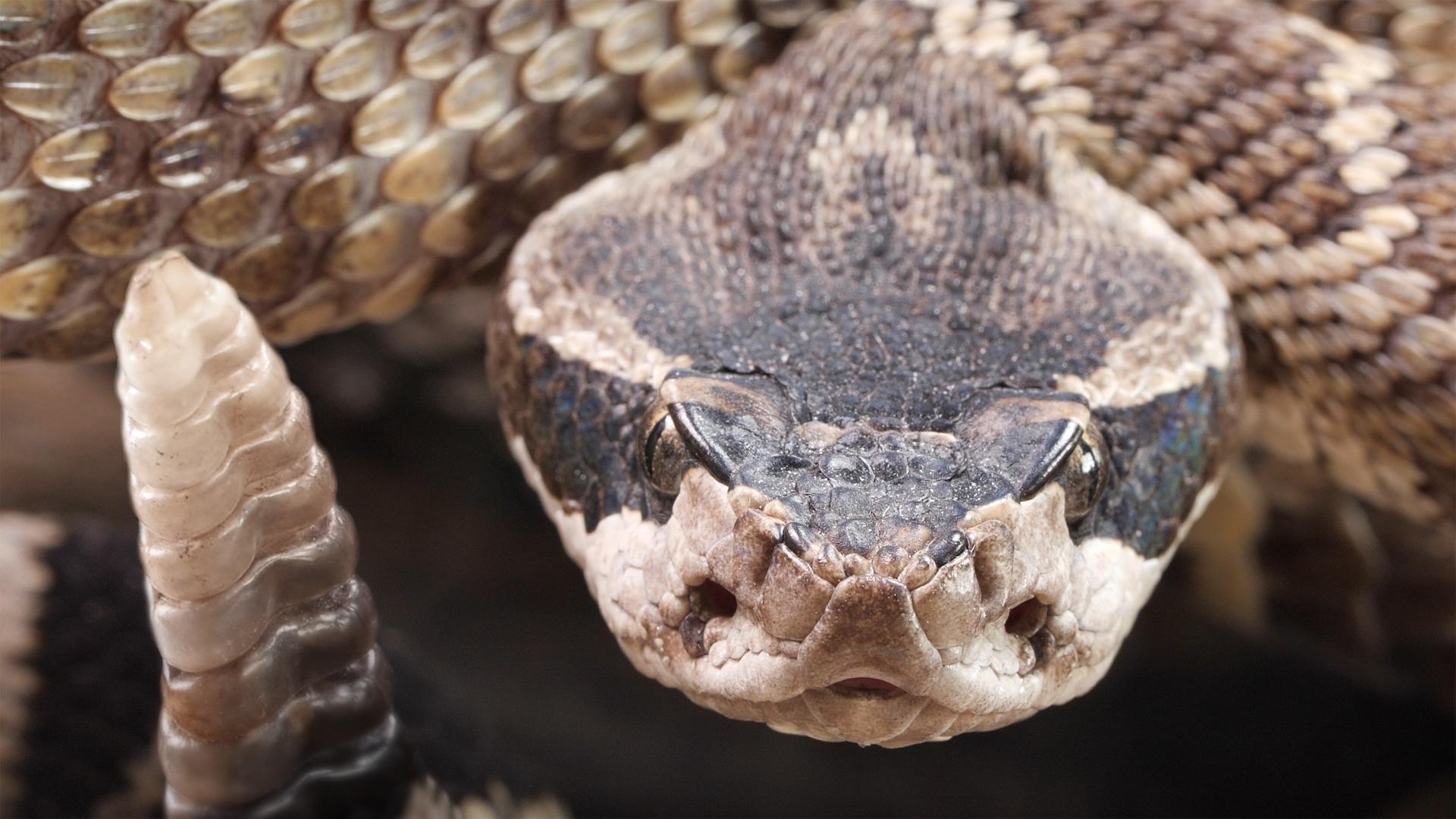
Why do you need to back off when you hear the rattle of this particular snake? Simple: that rattle is how they give a warning to potential prey. If they rattle, they think you are threatening them. But you have a window of time where you can back away and illustrate that you are not a threat.
As this example helps illustrate, rattlesnakes are not inherently aggressive. They’d much rather warn you away than bite you. For that matter, they don’t really want to bite humans most of the time because we aren’t part of their diet. These snakes typically prefer to eat smaller prey like rabbits and squirrels, and they only do so twice a month.
RELATED: The Shocking True Story of How a Giant Snake Got the Last Laugh On Some Poachers
What should I do if I see a rattlesnake around my home?
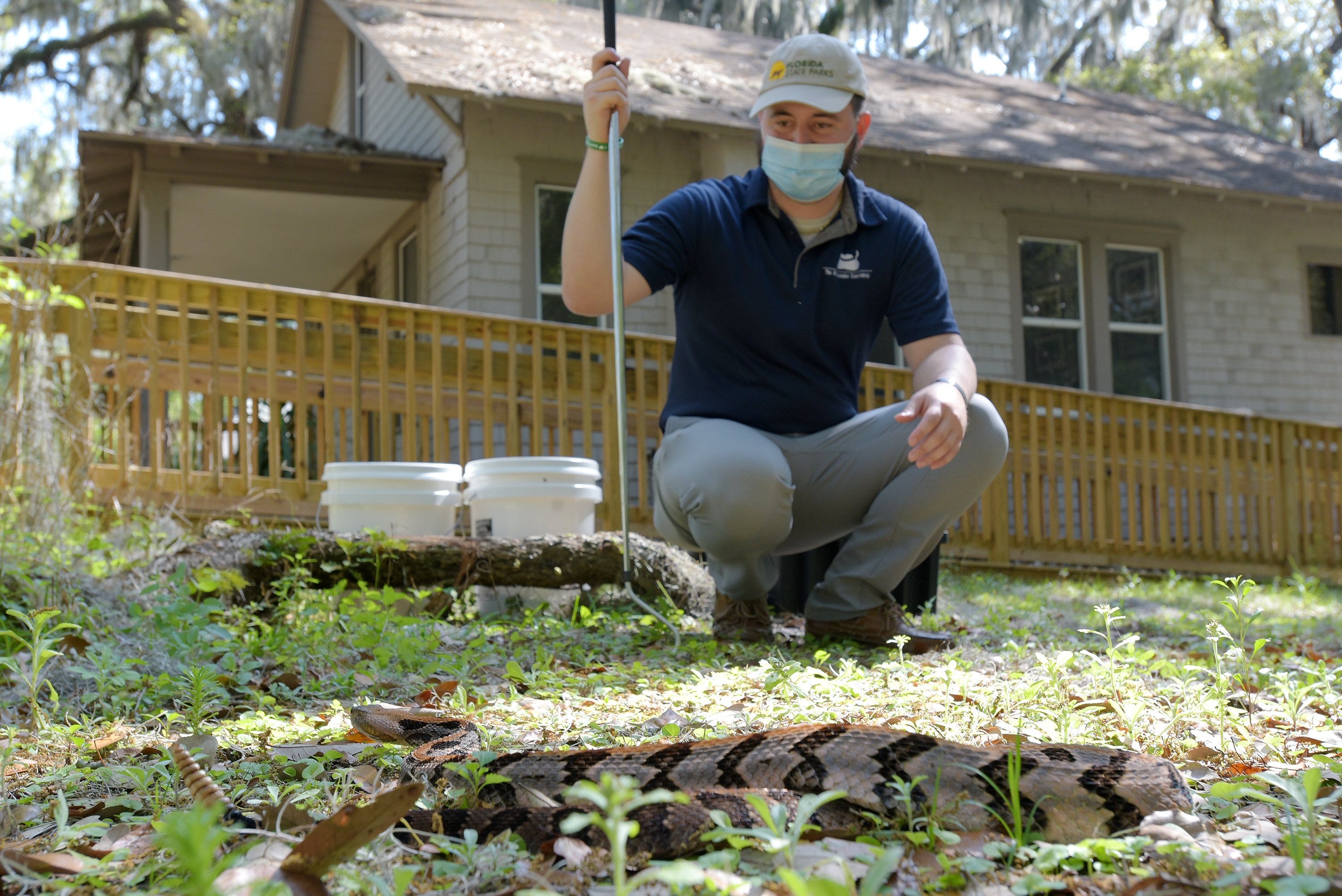
It’s one thing to encounter a rattlesnake in the wilderness. When this happens, you can hopefully just go back the way you came and not have to worry about it. But what happens if you encounter a rattlesnake around your own home?
When this happens, you need to contact your local wildlife control service immediately. They will have both the tools and the talent necessary to safely remove this potential threat from your home. If you try to remove the threat on your own, you might end up getting hurt or even killed in the process!
